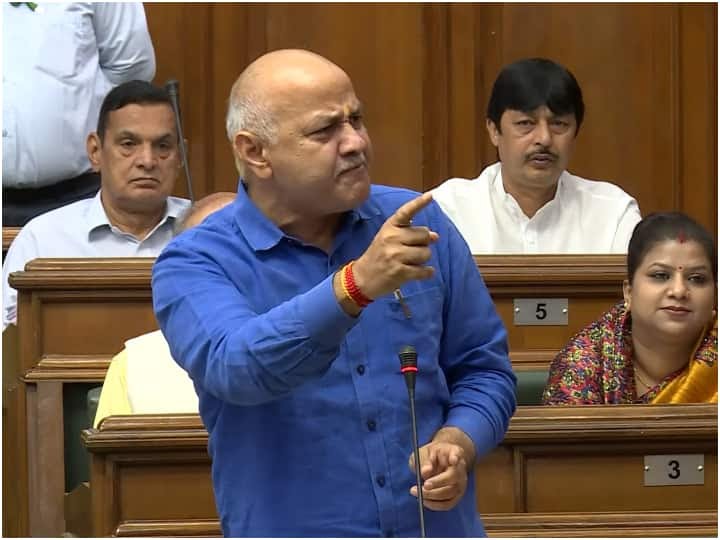Begin typing your search above and press return to search.
Outcome Budget & end of babudom's era

New Delhi: Piles of files gathering dust in the shelves and getting mired in the slush of red-tapism. The Delhi government can be described as pre-babudom and post AAP government. With the dawn of the AAP government led by Chief Minister Arvind Kejriwal, it's an end of the era of red-tapism. Outcome Budget, presented consecutively for the fifth year on Friday, is one such shining example of the Delhi government. Outcome refers to the benefits that people get from that scheme. For example, if the government installs an X-ray machine in a hospital, it's the output of the government, but how many people have been tested through that machine is its outcome. The Outcome Budget is ensured by mapping budget outlays to 1,036 Output and Outcome indicators. When the government initiates a scheme and allocates funds for basic infrastructure and capital expenditure, this is the output. By presenting its Outcome Budget, the Kejriwal government becomes the first government in India to promote transparency and accountability in budgeting. "Apart from the Delhi government, no other government in the country has the guts to present its Outcome Budget," thundered Dy CM Manish Sisodia. He added: "The Kejriwal government delivers what it promises. The outcome budgeting was started to fix our accountability to the people of Delhi." Delhi's GSDP increased by 17.65% compared to FY 2020-21 to Rs 9.24 lakh crore (approximately), 50% increase in six years, 16.81% increase in per capita income as well. Sisodia, who holds the finance portfolio, presented the Budget Outcome for the financial year 2021-22 before the house in the assembly. Sisodia said, "In the 75 years of the country's independence, many governments ruled India, but under the leadership of CM Kejriwal, the Delhi government is the only government which started this tradition and fixed its own accountability to the residents. The idea is to let people know where the proposals introduced in the previous year's budget stand and how it is benefitting the people of Delhi. Whether we were able to work on our promises or not." In the last budget, the Kejriwal government proposed building new classrooms in schools, and has developed 13,181 new rooms in Delhi government schools till December 2021. The number of students studying in the government schools has increased from 15 lakh to 18 lakh. During 2021-22, 20 Schools of Specialized Excellence (SoSE) were set up which cover the domains of STEM, Humanities, Performing and Visual Arts, and High End 21st century skills with about 2,300 students. The Kejriwal government has now added 11 new SoSEs to this list. As promised in the budget 2021-22, the Delhi government has set up the Delhi Board School Education (DBSE) and 30 schools have been affiliated with it. Last year, the Delhi government had introduced the "Business Blasters" programme to inculcate the entrepreneurship mindset among the students of the Delhi government schools. Under this programme, three lakh students were provided the seed money of Rs 2,000 per student which led to the generation of 51000+ new business ideas. Work of establishing the Delhi Sports University is already in progress. Beneficiaries of "Merit-cum-Means Linked Financial Assistance Scheme" have increased from 3700 in 2019-20 to 7,000 in 2021. The Delhi government started Delhi Skill and Entrepreneurship University with 6,300 students studying in 15 campuses. A total of 520 Aam Aadmi Mohalla Clinics have treated over 1.44 crore patients from April - December 2021. The Delhi government has increased the number of hospital beds from 10,055 in 2019-20 to 13,844 beds in Dec' 21 across all of the Delhi government's hospitals. Photo-Social Media
Next Story

